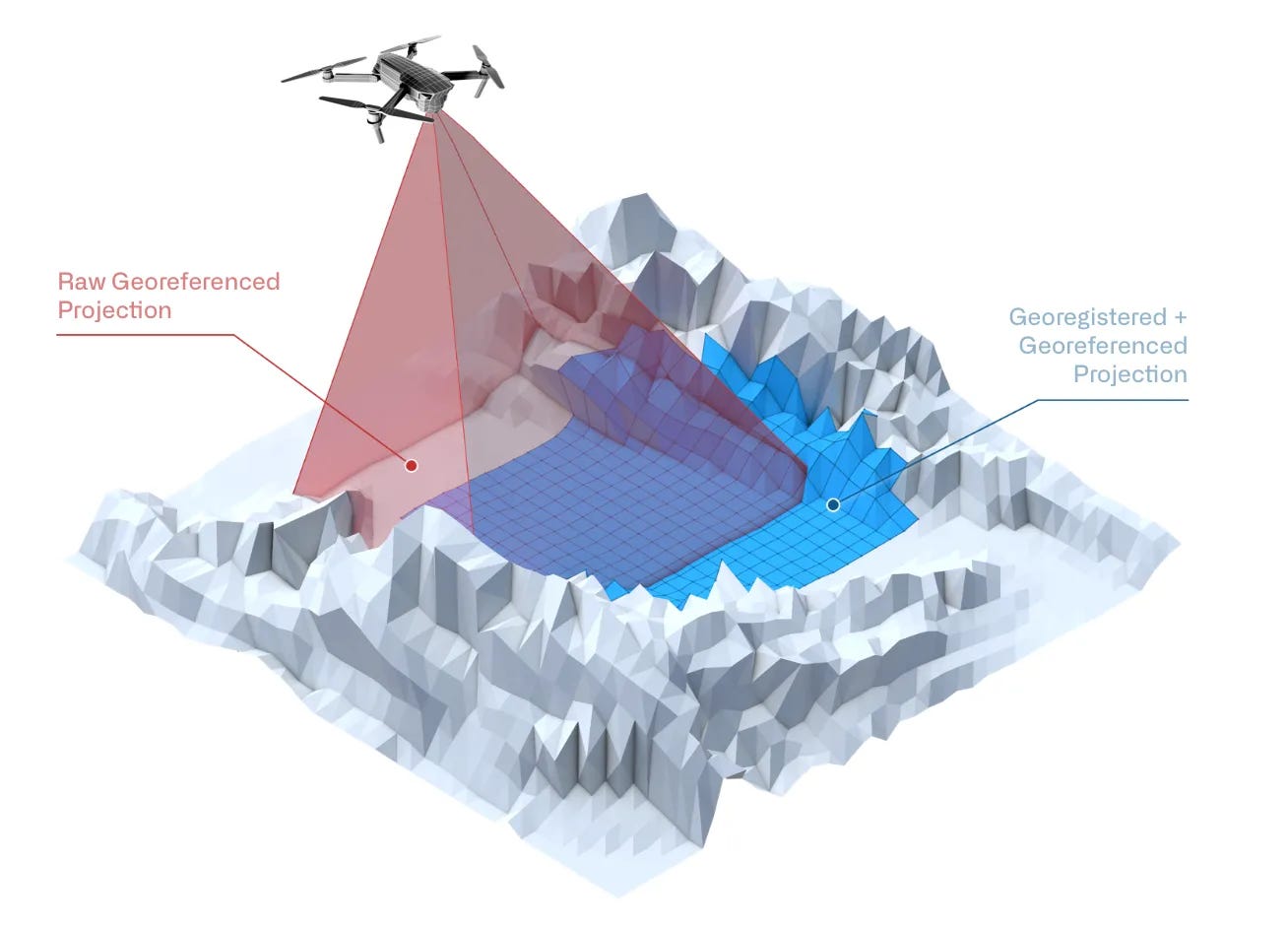Pentagon certified Palantir as only supplier for artificial intelligence targeting tool known as "Maven Smart System"
Palantir was named yesterday as the only suitable supplier for the "Maven Smart System". The $13 million contract is follow-on to Palantir's previous work on Pentagon AI surveillance, Project Maven.

[2023-05-13, 2:35pm ET] A short description of Palantir’s incorporation of Large Language Models (LLMs) through its Artificial Intelligence Platform (AIP) was added.
Yesterday the Department of Defense published a redacted notice justifying its non-competitive purchase of proprietary software from the data fusion contractor Palantir as part of the controversial artificial intelligence surveillance and targeting system known as Project Maven. The notice further revealed the name of Palantir’s AI targeting tool as the “Maven Smart System”.
On March 8th, the Associate Director of Capabilities of the National Geospatial-Intelligence Agency (NGA), Phillip C. Chudoba, noted that Project Maven was the “only performant computer vision A.I. and [machine learning] program in the DoD” and that Maven had been deployed by “a military partner who, in fact, took some of these technologies to Europe under the banner of our monitoring of the Ukraine crisis”.

Project Maven transferred to the NGA in January as part of a reorganization that merged its original parent, the Office of the Secretary of Defense’s Joint Artificial Intelligence Center (JAIC), into the new Chief Digital and AI Office (CDAO) which is currently led by Lyft’s former head of machine learning, Craig Martell.

The newly public contract notice references Palantir’s preceding $91.2 million contract on Project Maven, which took place from September 29, 2020 to the end of November of last year. Palantir’s related artificial intelligence contract with the Pentagon, which continues until the end of this month, has so far paid out $56.1 million but was not referenced in the publication.
The new procurement notice also provides details on a “market research” process conducted by a redacted company — which other solicitation notices suggest to be Thundercat Technology — which included “recurring meetings with AI thought
leaders including Chief Executive Officers (CEOs) of data labeling companies [REDACTED]”. (Based on their past subcontracting on Project Maven, the author would hypothesize this redaction to include Scale AI.)

While the original high-profile reporting on Project Maven focused on Google workers publicly objecting to the company entering “the business of war”, the author previously showed through public records analysis that Amazon and Microsoft received at least $50 million for their work on the project. Further, subcontract and budget analysis underscores that — despite media focus on drone imagery — Maven’s scope includes a variety of data sources ranging from satellite imagery to social media surveillance. (The term of art for this is “all-source intelligence”.)
As further confirmation of the broad scope of data sources the author has previously noted as being involved in Project Maven, the sole-source procurement justification states that “Due to insufficient connectivity requiring dozens, if not hundreds, of additional data integrations across the [REDACTED] the current competing systems do not meet the requirement.”
It is not clear from public records as to what roles Amazon and Microsoft have continued to play on Maven, and so the framing of Palantir and Anduril having ‘taken over’ the project from Google is questionable. Whereas the Maven contributions of Palantir-competitor Rebellion Defense were reported to have been a failure — and roughly two weeks ago the company announced the layoff of roughly a third of its workforce. (The author was the first to report two months ago that Google was awarded a small contract to sell the Pentagon and Army National Guard “Artificial Intelligence/Machine Learning for processing aerial imagery”, but the battlefield implications remain unclear, and Google has so far insisted on engaging reporters off record on the details.)
But recent media attention on Palantir has focused on the company’s militarization of the most recent artificial intelligence hype, Large Language Models (LLMs). Two weeks ago Palantir released a demonstration of its Artificial Intelligence Platform (AIP) which claims to “[connect] LLMs with trusted military and national security models, including computer vision, advanced position and navigation, effects pairing, and simulation”. Different segments of Palantir’s marketing video for AIP simulate the deployment of MQ-9 Reaper drone surveillance and an electronic warfare jamming operation.
Despite a current democratic U.S. administration, the tech companies most closely associated with Donald Trump appear to be in the driver’s seat of the Pentagon’s operationalization of artificial intelligence on the battlefield. Though, if Tuesday’s Eric Schmidt-funded meeting of the Special Competitive Studies Project is any indicator, at the highest levels of U.S. national security there is more political concensus on the militarization of AI than media narratives tend to suggest.


